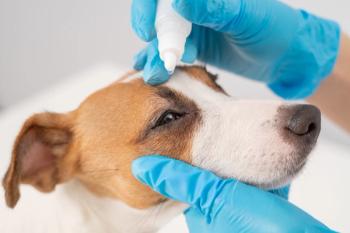
Up in the air: DOT defines rules about service animals on commercial flights
The new ruling allows air carriers, for the first time, to recognize emotional support animals as pets rather than service animals.
According to a new ruling by the US Department of Transportation (DOT), when it comes to animals traveling in airplane cabins, a service animal will now be defined as “a dog, regardless of breed or type, that is individually trained to do work or perform tasks for the benefit of a qualified individual with a disability, including a physical, sensory, psychiatric, intellectual, or other cognitive disability.” Under its
This means that comfort cats, dogs, monkeys, miniature horses, and other animal species are longer guaranteed a free flight simply because they are considered an ESA. Instead, the decision will be left to individual airlines based on specific parameters.
According to the ruling, the DOT received about 15,000 solicited comments about this issue from individuals and groups, about two-thirds of which favored of the new proposal. Commenters expressed staff and passenger safety concerns, including general misbehavior and outright aggression by ESAs; animals urinating and defecating on planes; failure of owners to control their animals; fraudulent representations of pets as service animals; and the many unusual species of pets brought on as ESAs, undermining public trust of recognized service animals.
In addition to defining what a service animal is with regard to air travel, and stating that airlines are allowed to treat ESAs as pets rather than service animals, following are the major provisions of the ruling (again, individual carriers will create their own rules based on these provisions):
- Airlines may limit service animals to dogs only, and to a maximum of 2 animals per person with a disability.
- Psychiatric service animals must be treated the same as other service animals that are “individually trained to do work or perform a task for the benefit of a qualified individual with a disability.”
- Airlines may require owners to remit a completed DOT Service Animal Air Transportation Form as a condition of transportation. For flights longer than 8 hours, they can also demand that owners remit the DOT Relief Attestation Form, which states that the animal has the ability either to not relieve itself during the flight or to do so in a sanitary manner.
- Airlines may mandate that service animals fit on their owner’s lap or immediate floor area during flights.
- Airlines may mandate that service animals are leashed and/or restricted to certain areas of the airport or aircraft.
- Airlines may not refuse to transport a service animal based on breed or size.
- Airlines cannot force owners traveling with service animals to physically check in for their flights rather than checking in online (although they can require passengers to provide appropriate service animal forms at the departure gate).
Newsletter
From exam room tips to practice management insights, get trusted veterinary news delivered straight to your inbox—subscribe to dvm360.




